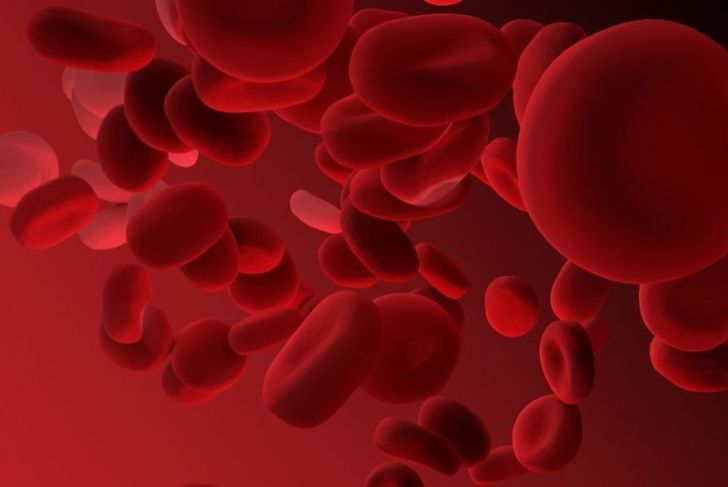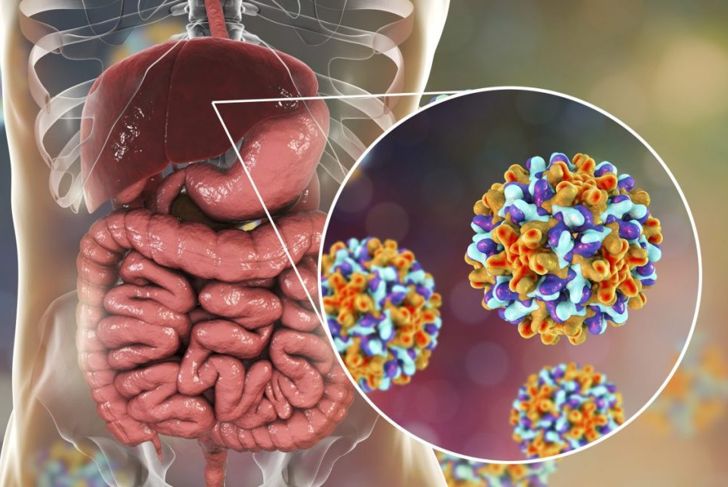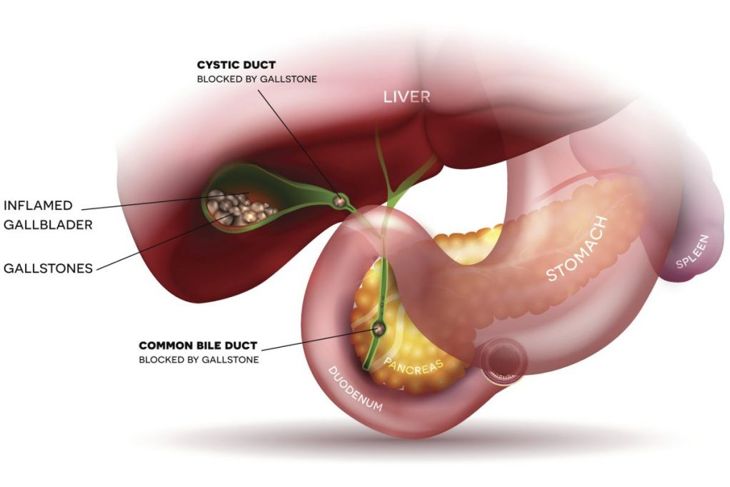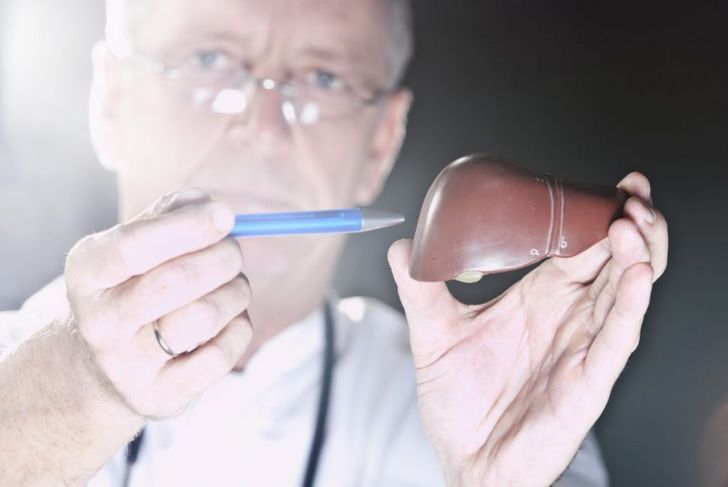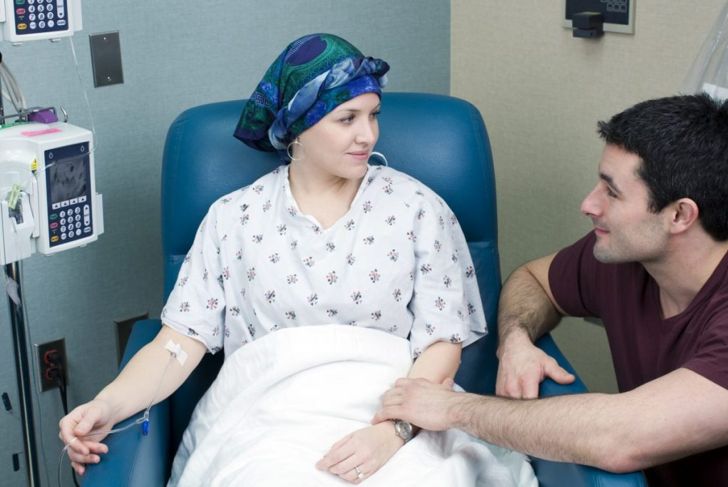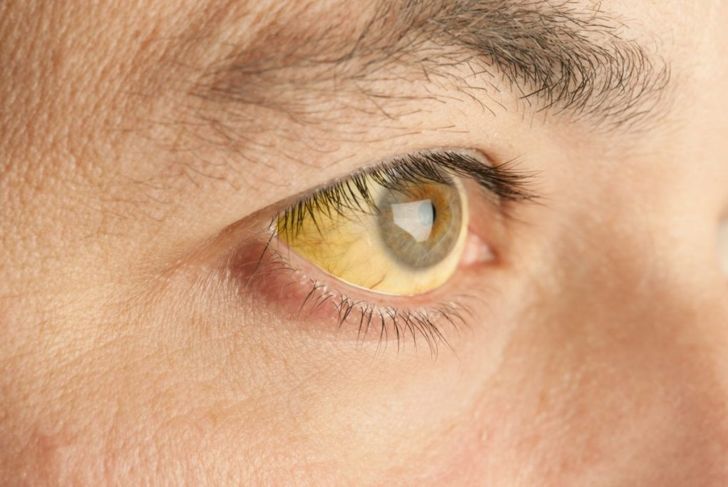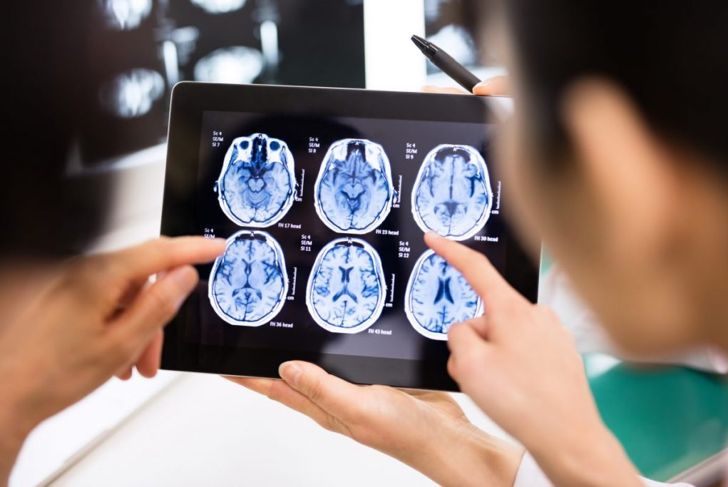When red blood cells break down, they produce a yellowish substance that travels through the liver and digestive system before it exits the body. This substance is bilirubin. Typically, bilirubin levels are fairly low and have minor effects. For example, the yellowing of the skin around a bruise is the result of bilirubin. However, when bilirubin levels become excessively high, a person can experience the yellowing of their skin most people know as jaundice. Many conditions can cause hyperbilirubinemia or high bilirubin levels.
Hemolytic Anemia
Rarely, red blood cells may break down abnormally. The cells rupture and release their contents into the blood around them. Experts refer to this breakdown by many names, but the most common is hemolysis. This unusual breakdown can cause hemolytic anemia, a type of anemia with various possible side effects. If this is a chronic issue, increased amounts of bilirubin can collect in the liver, gallbladder, and bile ducts. Hemolysis can be the result of medications, autoimmune disorders, or a genetic issue.
Hepatitis
Inflammation of liver tissue is hepatitis. Most people know of hepatitis C, but there are four other main types of hepatitis. Hepatitis B is the form that primarily increases bilirubin in the people it affects. Viruses are the most common cause of hepatitis, but certain medications, alcohol use, and autoimmune diseases can also be responsible. The signs and symptoms of hepatitis can vary widely. Many people experience no symptoms at all, while others may experience severe liver failure, sepsis, or cancer.
Choledocholithiasis
The common bile duct receives bile containing bilirubin and sends it to the small intestine. The duct is typically around six millimeters in diameter. If a gallstone forms and blocks this incredibly small opening, doctors call it choledocholithiasis or a common bile duct stone. The blockage has a number of side effects, but jaundice is one of the first visible issues. These stones will usually require removal through a choledocholithotomy. Surgeons create a small incision, insert a tube into the duct, and then widen it with a balloon. This allows them to remove the stone responsible for the blockage.
Biliary Stricture
Occasionally, the common bile duct will contract abnormally. This biliary stricture is typically the result of an injury to the bile ducts. Surgery is the most common cause of these injuries, though conditions such as pancreatitis can also be responsible. A person with a narrowed common bile duct may experience nausea, chills, fever, and jaundice. The goal of treatment is to return the common bile duct to its normal diameter. Some surgeons opt to use stents to widen the duct, while others choose to remove the affected area and reattach the duct with the small intestine.
Gilbert’s Syndrome
Some people’s livers are not capable of properly processing bilirubin. This mild disorder is Gilbert’s syndrome, and it can cause slight yellowish tinting of the skin or eyes. Because the liver cannot process the bilirubin, it appears in the bloodstream in elevated amounts. Beyond jaundice, the syndrome doesn’t usually have any severe consequences. Some people report fatigue or a loss of appetite, but studies never found a correlation between these issues and increased levels of bilirubin. Interestingly, studies do show individuals with Gilbert’s syndrome have a decreased risk of coronary artery disease.
Chemotherapy
Many of the drugs that combat cancer during chemotherapy can damage the liver. Additionally, certain cancers can weaken the liver, making it more prone to damage. The drugs may affect the liver cells or cause various conditions such as obstruction of the veins of the liver, preventing bile flow, or liver fibrosis. All of these issues affect the liver’s ability to process bilirubin. Doctors know to observe a patient for jaundice in order to ensure the drugs are not harming the liver.
Dubin-Johnson Syndrome
This rare disorder causes an increase of bilirubin in the blood, as well as other odd symptoms such as a black liver. Dubin-Johnson Syndrome is a benign condition that usually has few symptoms. Treatment is rarely necessary. Individuals affected by this disorder may only experience jaundice following the use of hormonal contraceptives or pregnancy. Newborns may have a condition that prevents bile from flowing from the liver to the small intestine. Jaundice is a common outcome of this.
Medications
Many different medications and pharmaceutical drugs can cause an increased level of bilirubin. Some drugs damage the liver and prevent it from processing bilirubin. Other drugs may simply cause the red blood vessels to break down in an odd manner. Antipsychotics and certain sex hormones are very likely to cause an increase in bilirubin levels. Certain medications given to infants to treat allergies may cause their bodies to develop more bilirubin. This can lead to a brain dysfunction experts call kernicterus. Essentially, the excess bilirubin gathers in the brain and causes neurological damage.
Cirrhosis
Long-term damage can cause scar tissue to replace the healthy tissue of the liver. Liver cirrhosis develops over the course of many months, and in some cases, may take years to form. As the disease develops, the person may experience jaundice, fluid build-up, or dilated veins. In extreme cases, cirrhosis can even lead to liver cancer. Alcohol and hepatitis are some of the main causes of liver cirrhosis. Gallstones and medications can also cause the issue. Doctors cannot reverse the damage, but they can provide treatment to prevent it from worsening. They may also opt for a liver transplant.
Crigler-Najjar Syndrome
In some rare cases, a disorder can affect the metabolism of bilirubin. Jaundice that develops because of this disorder is a sign of high levels of unconjugated bilirubin. This, like kernicterus, can lead to brain damage in children. The disease is very rare, occurring in less than one person per million live births. Researchers haven’t been able to find many causes of this disease, due in part to its rarity. However, they know the disease is genetic and children can inherit it. Doctors successfully treated a ten-year-old girl with Crigler-Najjar syndrome by providing a liver cell transplantation.

 Home
Home Health
Health Diet & Nutrition
Diet & Nutrition Living Well
Living Well More
More